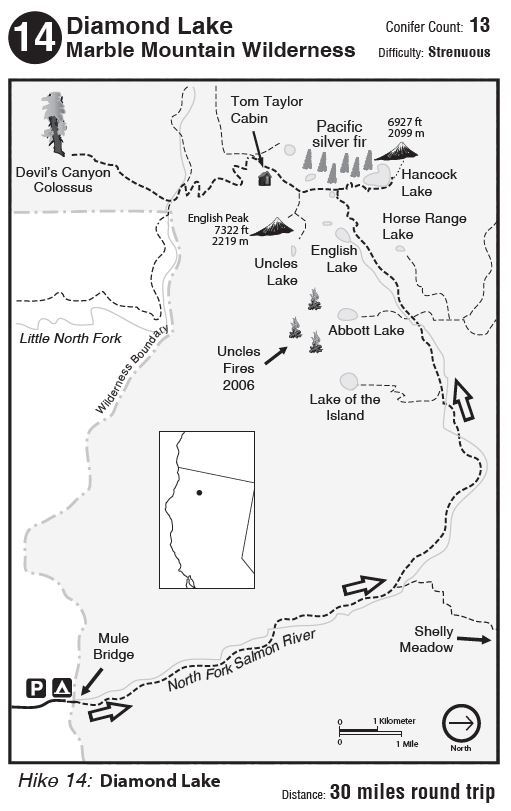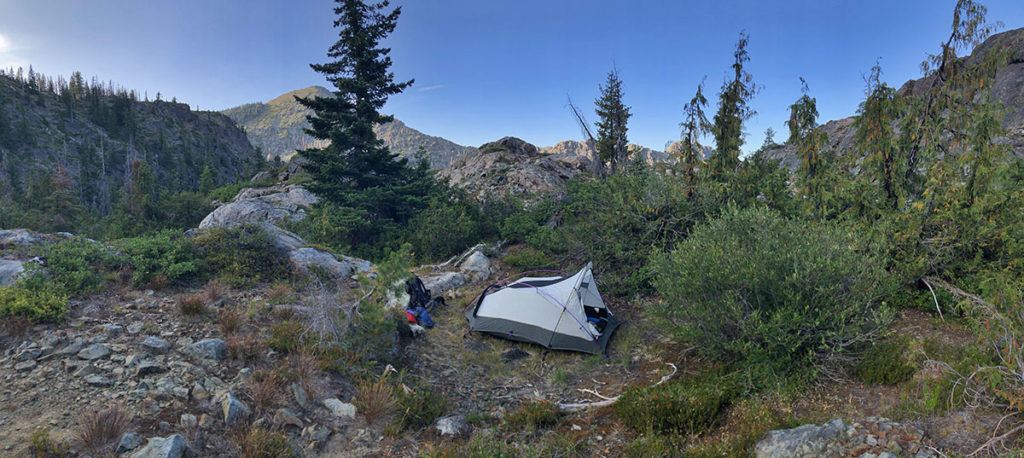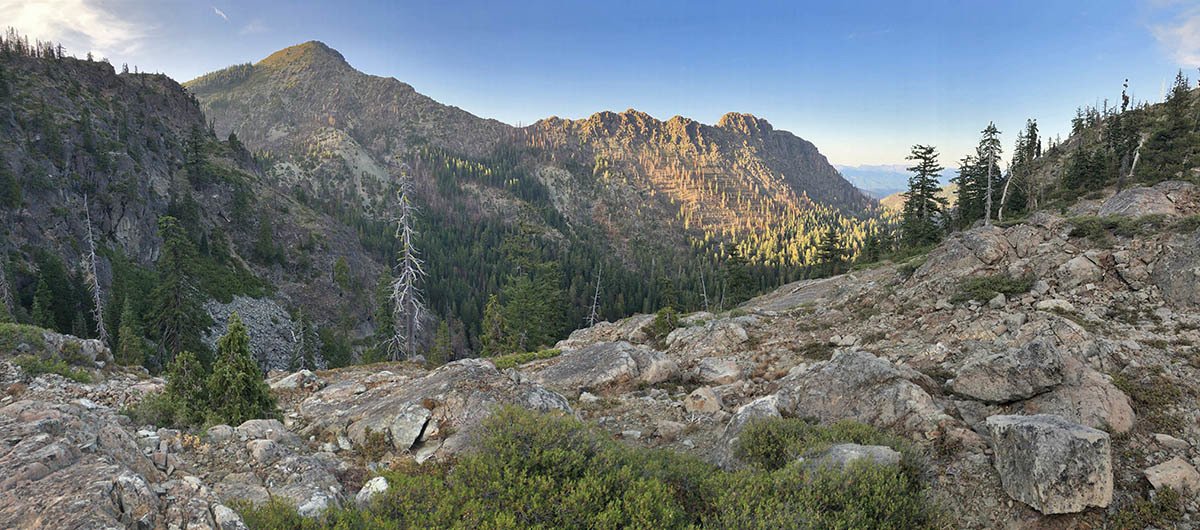I learned about this project in 2014 and have been following it closely ever since. In late April, 2020 my friends Justin Garwood, Ken Lindke, and Mike Van Hattem (with other co-authors) published the first definitive paper on glaciers in the Klamath Mountains. While the news is bleak, their diligent research documents the changes in the Klamath for hundreds of years through the eyes of the highest peaks and watersheds in the range. Please enjoy the summary that follows.
Justin M. Garwood, Andrew G. Fountain, Kenneth T. Lindke, Michael G. van Hattem, and Hassan J. Basagic “20th Century Retreat and Recent Drought Accelerated Extinction of Mountain Glaciers and Perennial Snowfields in the Trinity Alps, California,” Northwest Science 94(1), 44-61, (22 April 2020). https://doi.org/10.3955/046.094.0104
Continue reading “The Last Glacier in the Klamath Mountains”






